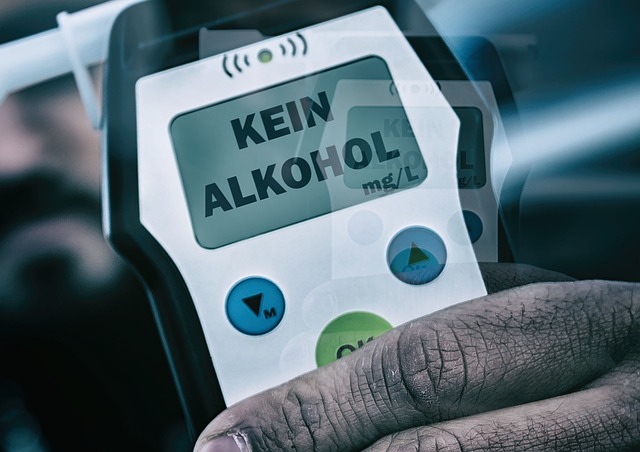Global perspectives on impaired driving vary widely due to cultural, legal, and social differences, with countries employing strict punishments, public education, or innovative recidivism reduction strategies like community service and rehabilitation. Penalties, age restrictions, and enforcement differ significantly, highlighting the need for tailored, comprehensive solutions that balance punishment, prevention, education, and rehabilitation. Modern recidivism reduction strategies include intensive intervention programs, technology-driven monitoring, counseling, and support groups to address underlying issues, but their success depends on cultural sensitivity, community engagement, and region-specific implementation.
Impaired driving is a global issue with severe consequences, yet different countries approach it from diverse perspectives. This article offers a comprehensive overview of global viewpoints on impaired driving, delving into cultural influences and policy variations. We explore innovative recidivism reduction strategies employed worldwide and analyze their impact. Additionally, we discuss the effective implementation and continuous improvement of impaired driving prevention programs, providing insights for policymakers and practitioners to combat this persistent problem.
- Understanding Global Perspectives on Impaired Driving: A Comprehensive Overview
- Recidivism Reduction Strategies: Innovative Approaches and Their Impact
- Effective Implementation and Continuous Improvement of Impaired Driving Prevention Programs
Understanding Global Perspectives on Impaired Driving: A Comprehensive Overview

Understanding Global Perspectives on Impaired Driving involves recognizing that each country approaches this issue with its unique cultural, legal, and social context. While many nations share common goals like reducing recidivism and enhancing road safety, the methods employed differ significantly. For instance, some countries focus heavily on strict punishment, including severe fines and lengthy jail sentences, to deter impaired driving. Others prioritize public education campaigns that raise awareness about the risks and consequences of drinking and driving. Still, others implement innovative Recidivism Reduction Strategies, such as community service requirements, impoundment laws, and participation in rehabilitation programs.
Global perspectives also vary in terms of penalties, age restrictions, and enforcement mechanisms. Some countries have zero-tolerance policies for drunk driving, with minimal legal blood alcohol content (BAC) limits and harsher punishments. Conversely, others take a more nuanced approach, considering factors like individual circumstances and cultural norms. This diversity highlights the need for comprehensive, contextually appropriate solutions to combat impaired driving globally, focusing not just on punishment but also on prevention, education, and rehabilitation.
Recidivism Reduction Strategies: Innovative Approaches and Their Impact

Recidivism, or repeat impaired driving offenses, poses a significant challenge in global road safety efforts. To combat this, innovative recidivism reduction strategies are emerging worldwide, aiming to disrupt the cycle of repeat offenders. One promising approach is the implementation of intensive intervention programs that go beyond traditional penalties. These programs often involve counseling, education, and support groups, targeting not just the individual’s behavior but also underlying factors contributing to impaired driving. By addressing issues like substance abuse, mental health problems, or social stressors, these interventions aim to provide long-term solutions.
Additionally, technology is playing a pivotal role in recidivism reduction. Telematics devices installed in vehicles can monitor driver behavior in real time, providing feedback and incentives for safe driving. In cases where impaired driving is detected, automated reporting systems can notify authorities, ensuring swift action. These innovative strategies show potential in reducing recidivism rates, but their effectiveness depends on cultural sensitivity, community engagement, and tailored implementation to address the unique needs of different regions and populations.
Effective Implementation and Continuous Improvement of Impaired Driving Prevention Programs

The effective implementation and continuous improvement of Impaired Driving Prevention Programs are paramount in combating global perspectives of impaired driving. These programs, designed to reduce recidivism rates, must be tailored to local contexts, leveraging cultural sensitivity and community engagement for maximum impact. By integrating education, enforcement, and rehabilitation strategies, such initiatives can foster attitudinal changes and behavioral shifts among at-risk populations.
Continuous improvement involves regular data collection and analysis to gauge program effectiveness and identify areas for enhancement. This includes tracking recidivism rates, evaluating participant feedback, and staying abreast of emerging research in the field. Such proactive measures ensure that prevention programs remain dynamic, responsive, and aligned with evolving trends and best practices in impaired driving mitigation.
Global perspectives on impaired driving highlight the need for comprehensive strategies that address both enforcement and education. By implementing innovative recidivism reduction approaches, such as technology-driven interventions and community engagement, we can significantly impact positive behavioral changes. Continuous improvement of prevention programs is crucial to adapting to evolving societal norms and ensuring long-term success in mitigating the harmful effects of impaired driving.






